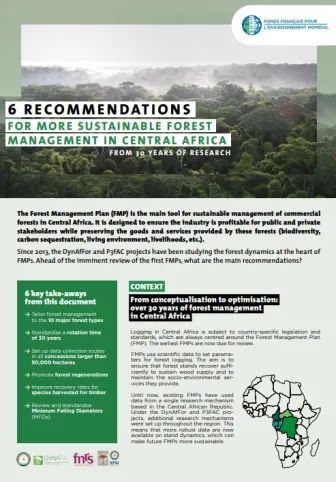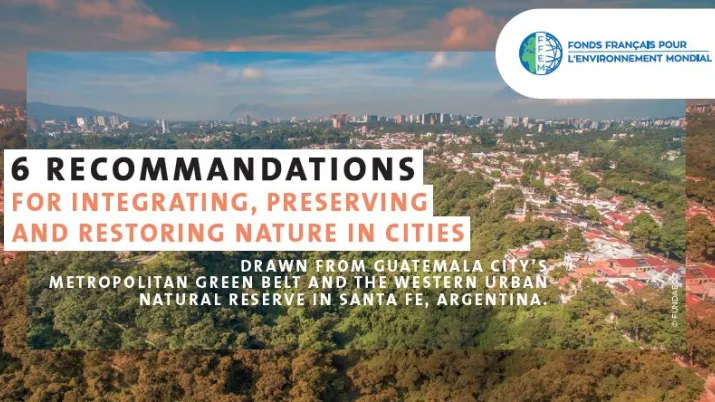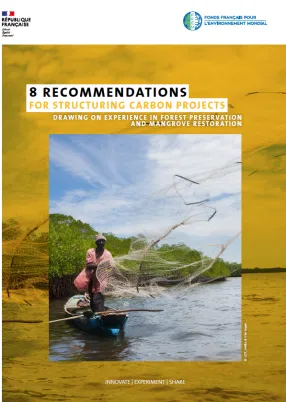Share the page
The 6 recommendations for more sustainable forest management in Central Africa
Published on

In focus: the forests of Central Africa.
A priceless biodiversity reserve, the forests of Central Africa cover around 200 million hectares, almost one-quarter of which is used for industrial timber production.
The second largest tropical forest range on Earth - after the Amazon - these play a key role in combating climate change because of the vast amounts of carbon they sequester.
They’re also one of the main means of subsistence for over 60 million people and represent significant economic resources for the countries that regulate the exploitation of the forests by private companies for industrial timber.
Which is why preserving these ecosystems is so crucial.
With the initial forest development plans and operating standards about to undergo national reviews, how can the economic, social and ecological balances be improved?
The 6 key lessons learned through over 30 years of forest research, enhanced and galvanised by the DynAfFor and P3FAC projects, can now be applied in producing second-generation management plans that will be more sustainable when compared to the first-generation. For this to happen, the key takeaways need to be widely communicated, adopted by forest managers, and incorporated by decision-makers in Central African countries into their respective legislation. Any reduction in economic profitability that may result from applying these lessons could be compensated through introducing differential tax systems to encourage companies’ sustainability efforts, and through other sources of income such as payments for environmental services (PES). Meanwhile, the reduction in volumes of flagship species should be offset by promoting greater appreciation of, and diversification into, species better understood thanks to the research mechanisms.
Discover the movie "In focus: The forests of Central Africa" here
Our capitalization book IN FOCUS - Towards more sustainable management of Central African production forests
Useful Information
-
Collection
-
collection capitalization of experiences
-
Other languages


